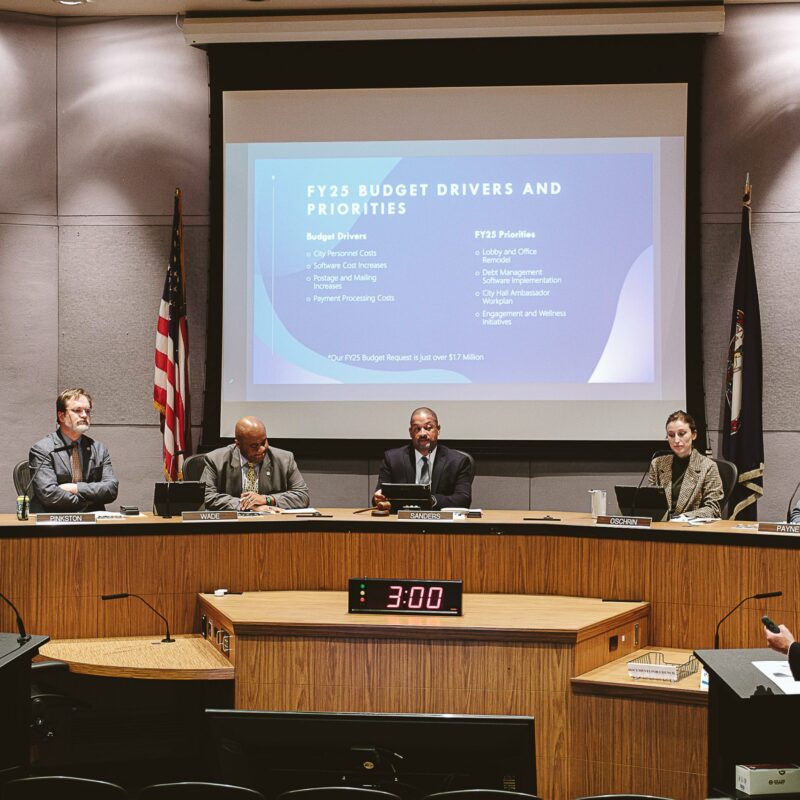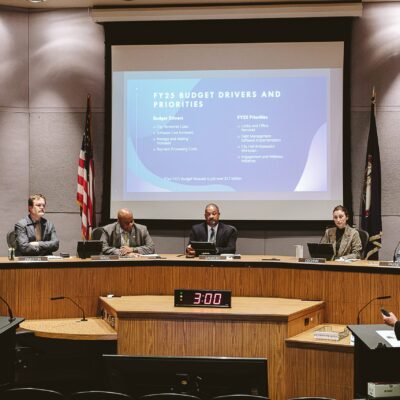William Keene, a UVA professor of environmental sciences, understands that universities produce a relatively miniscule amount of the world’s emissions that scientists widely acknowledge are changing our climate. But he firmly believes that since governments aren’t taking serious initiatives, it’s time for the University to step up and lead.
So Keene and art history Professor Malcolm Bell put together a “Resolution on Climate Commitment” that was ratified last week by the UVA Faculty Senate. While the resolution is ultimately only symbolic, it implores the administration to detail specific goals for reducing greenhouse gas emissions, conduct an energy audit and create a cabinet-level position to coordinate and enforce conservation.
 UVA’s steam plant is one source of greenhouse gas emissions, but pinpointing the University’s larger carbon footprint is a more difficult task. |
“It really was a resolution on the faculty’s part to commit themselves to being a part of this whole sustainabilty initiative, and I think that’s a positive thing,” says Cheryl Gomez, UVA’s utilities director. She says that the University is working on an emissions inventory, though both she and Keene acknowledge that it’s a complicated process. “The more people who are involved and engaged on this, the easier it makes it to actually achieve some real, real concrete steps and progress,” Gomez says.
The resolution also calls for UVA President John Casteen to consider signing the American College and University Presidents Climate Commitment. During the meeting, Casteen balked at some of the language and requirements of the pledge. “There are some requirements in here I think need to be addressed,” said Casteen, giving as example a stipulation that climate neutrality and sustainability be a part of the curriculum. “I suspect that over time, this might turn out to be an appropriate forum. …This has been a matter of a new organization with a very noble purpose without a whole lot of pragmatic experience getting things done.” Roughly 500 college and university presidents have signed the commitment.
“There are some legitimate concerns to the way the pledge is written and the University’s ability to meet some elements,” says Keene, “but the bigger issue is for the University to take a leadership role and really up the ante in terms of activities they’re doing right now.”
Keene also understands that making a significant cut in emissions will likely be a financial drain. “When you vote for something like this, you’re voting with your pocketbook,” Keene says. “I hope that the administration embraces the spirit of the resolution and really does challenge itself and, as we move forward, that the faculty recognizes it will come at a cost and accept it as a cost of doing business. Hopefully, it will be a good thing. It’s certainly a beginning.”
C-VILLE welcomes news tips from readers. Send them to news@c-ville.com.





